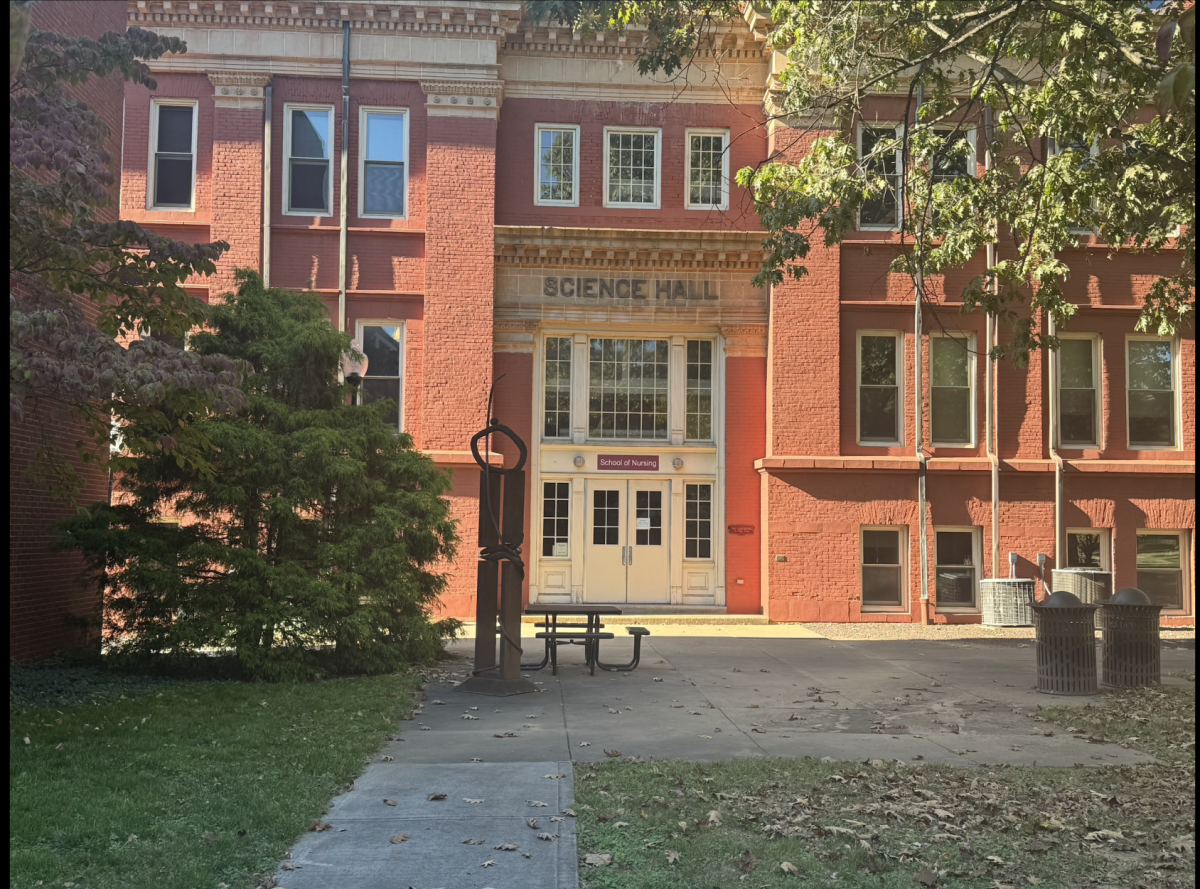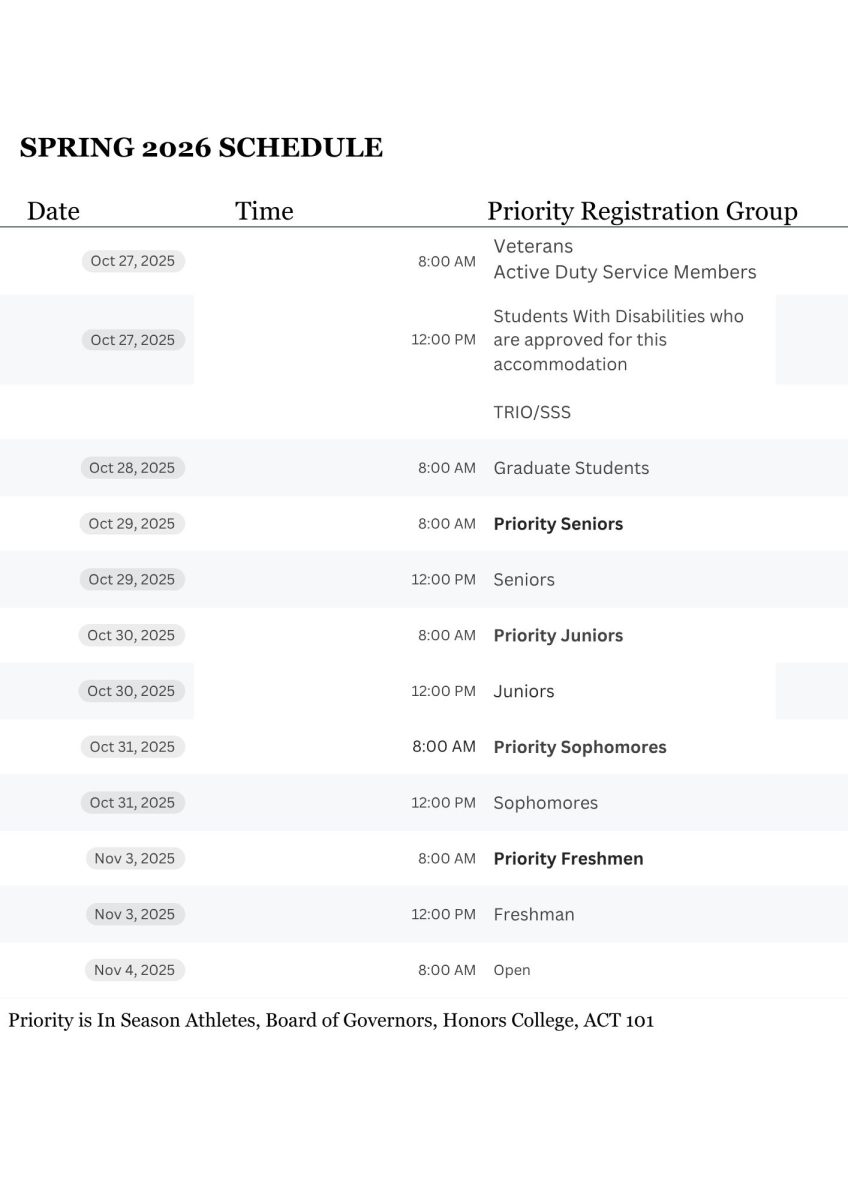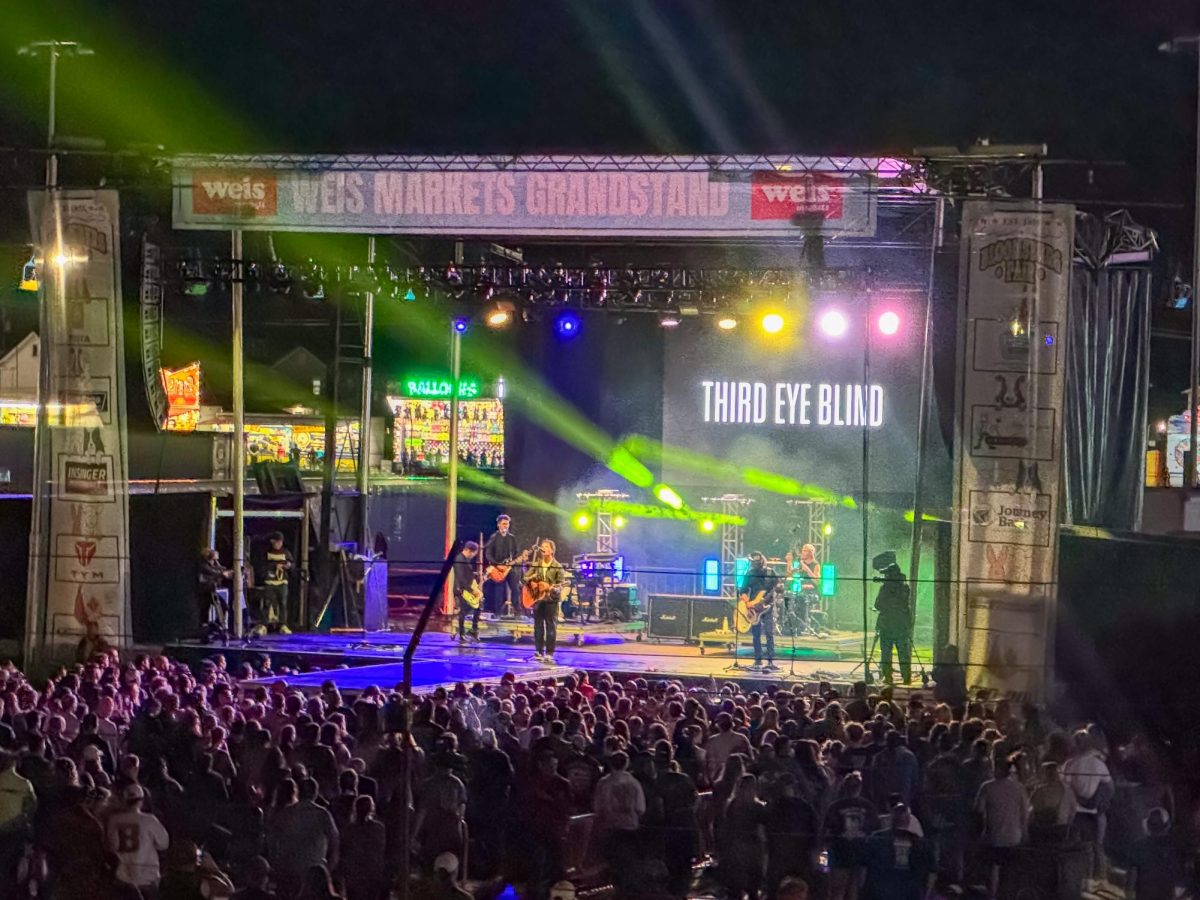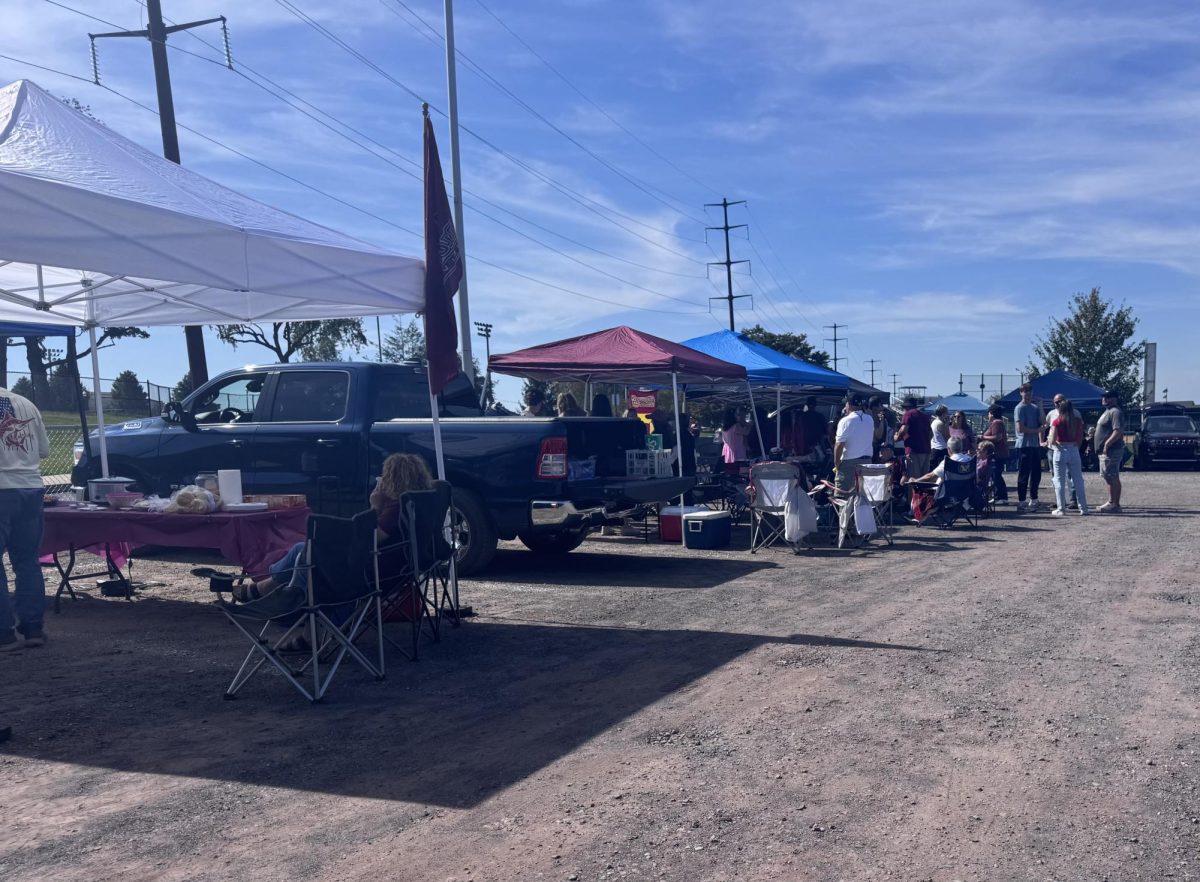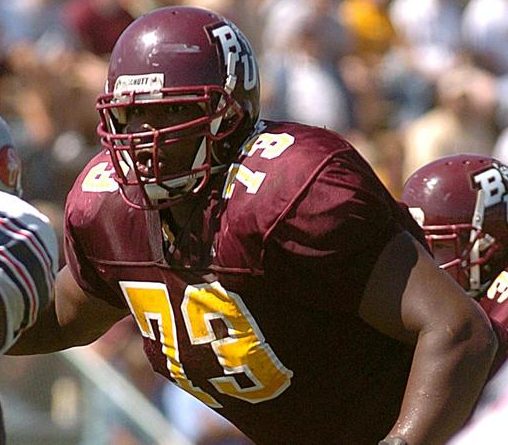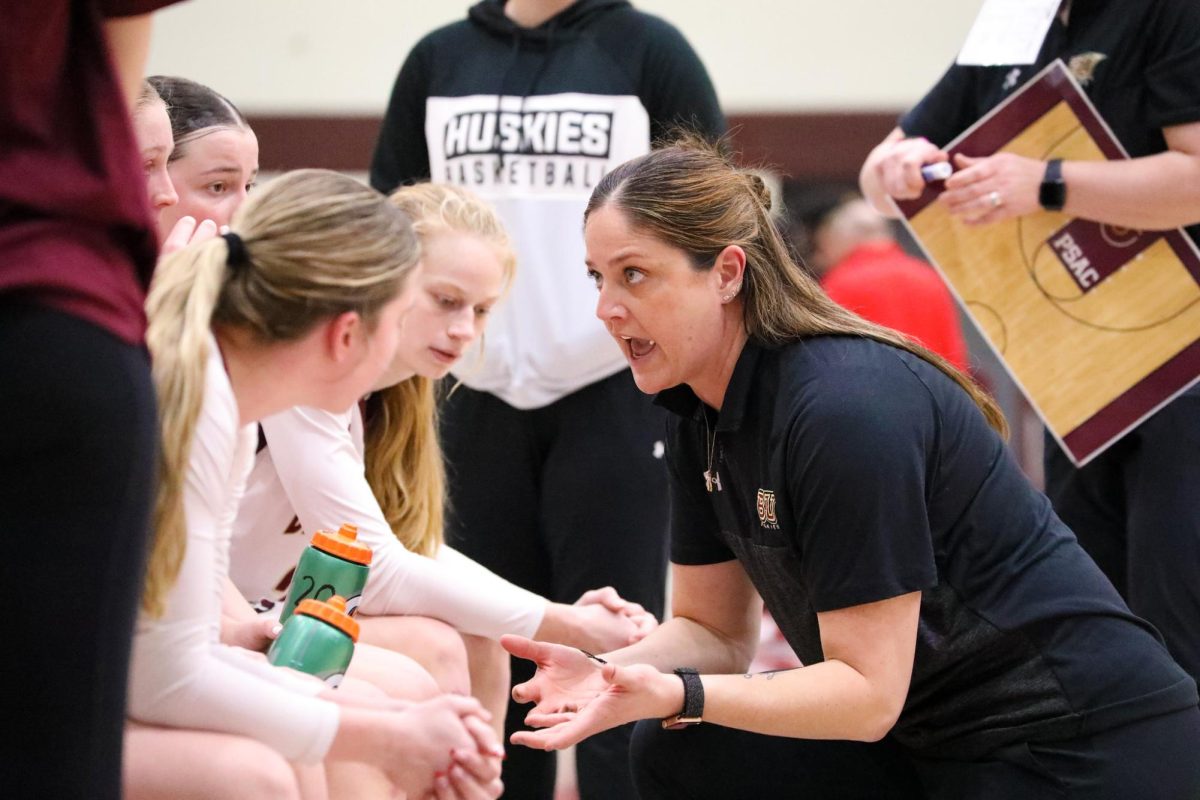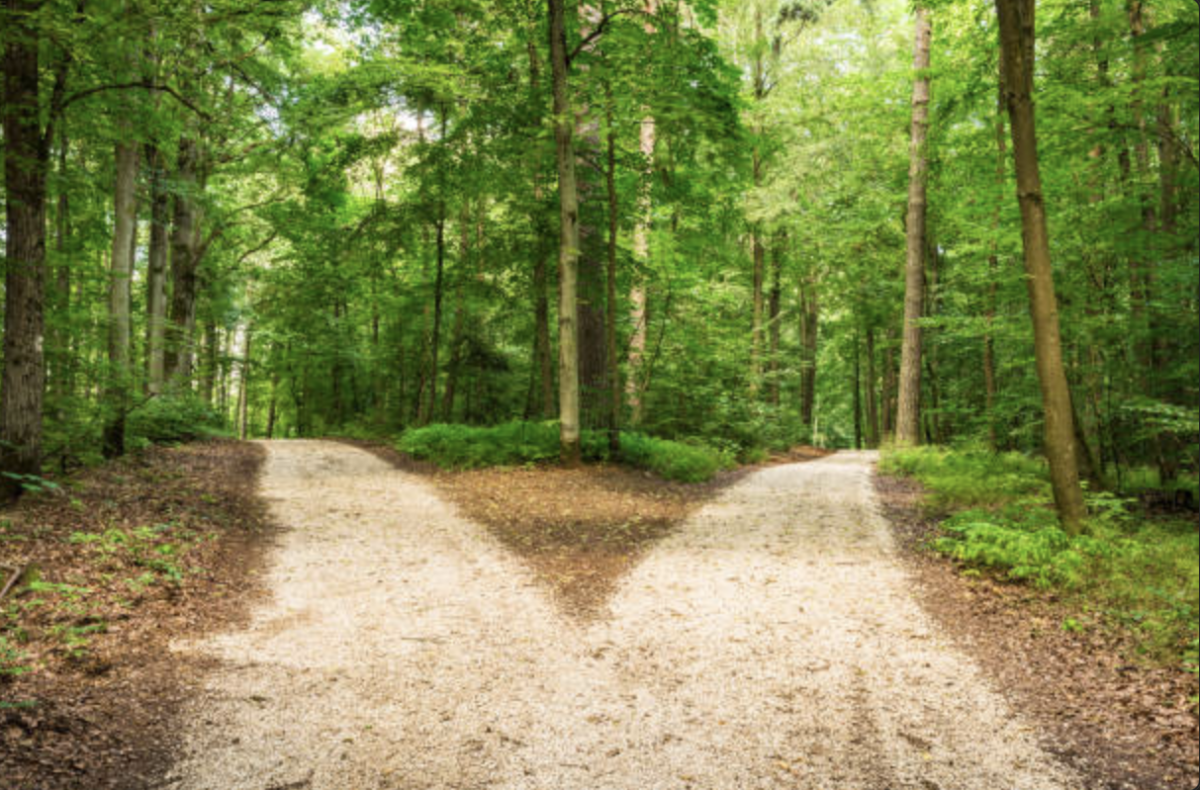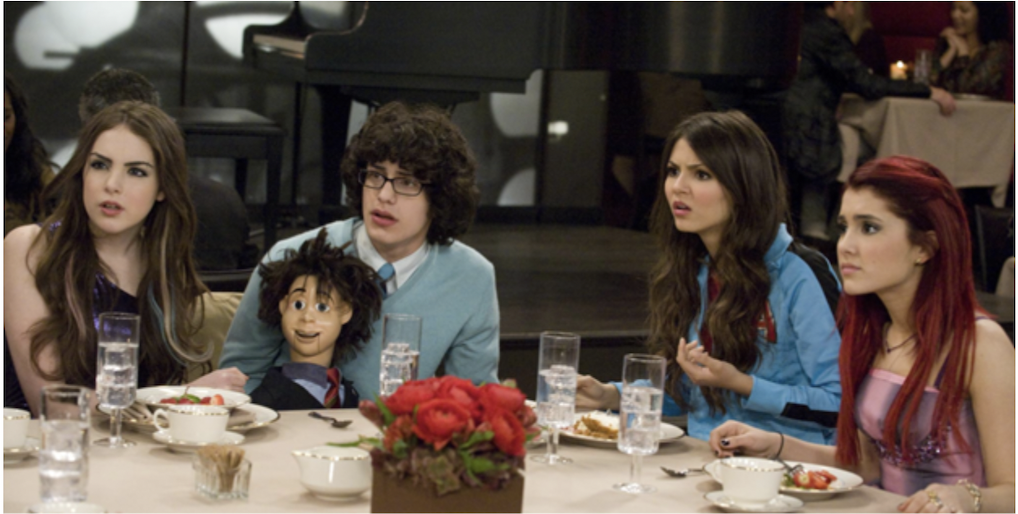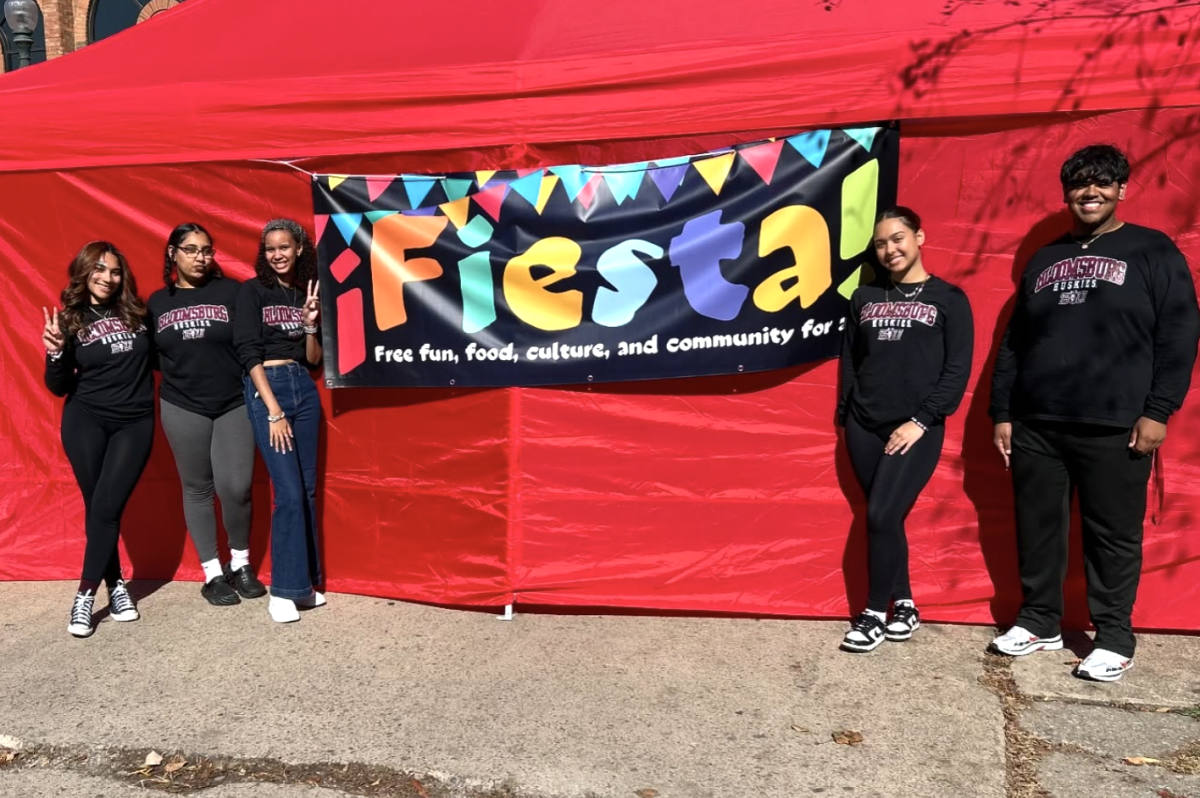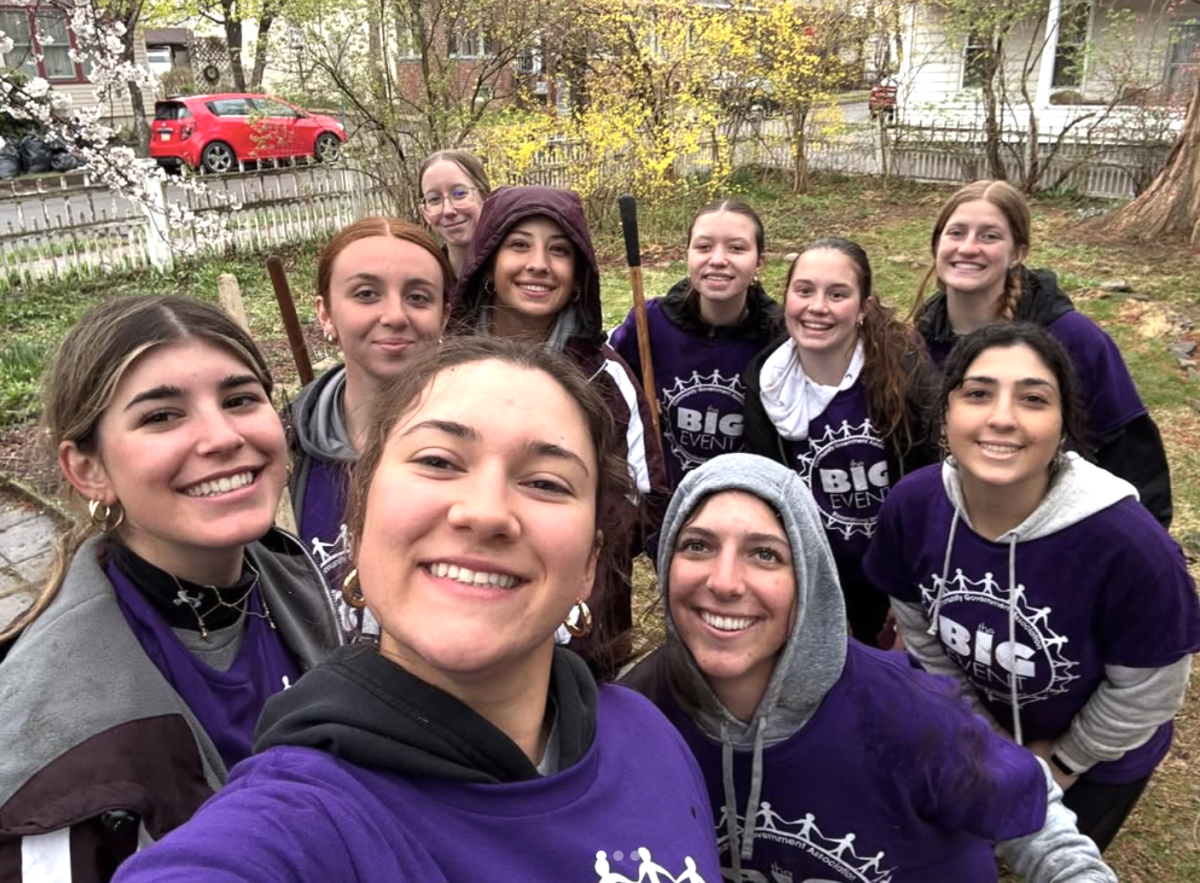This week is Ally Week here at Bloomsburg! Anthropology has a lot to say about gender, sexuality, and unique gender roles. Many famous anthropologists, such as Margaret Mead, have looked at gender and sexuality in various cultures. Instead of just looking at the individual or looking at society as a whole, anthropologists take everything into consideration.
The American view of gender and sexuality is very cut and dry. We often see or accept only male and female, man and woman, and straight or gay. Even many people still do not accept people who identify as gay. Sexuality is often described as a spectrum, which then extends past the line which many Americans accept.
Many think that an individual is either man or female and nothing more, less, or in between. The overlying thought is that whatever genitalia you are born with is how you identify. No changes, no “switching” sides, as if it is a choice.
However, none of this is the case! Anthropologists look at gender in all cultures in the most holistic way possible by observing the culture as it is without any ethnocentric assumptions. That is, we do not demean any culture’s customs or beliefs based on the thought that our culture is better than theirs.
A beautiful example of the complexity of sexuality and gender is the Native American Two Spirits. To be Two Spirited is to be male and female in both spirit and sexual practices. This is non-binary because they do not conform to the idea of the strict male and female gender. This is a third gender in Native American communities.
However, they identify five genders within their culture. The term “Two-Spirits” was not used until the 1990s once the Native Americans announced that they wanted their third gender to be identified by that name. There are, however, many other names that both contemporary and non-contemporary Native American groups use. Some examples include Nadleeh used by the Navajo and Winkte, which is used by the Lakota.
For one to be considered two-spirited in nature there is a ritual that occurs to a child when they are around nine years old. The child is presented with a circle on the ground.
The whole community will gather to see if the child will stay in the circle. If the child stays, then a singer will begin ritualistic songs. If the boy dances, then he will dance in the fashion of a woman to signify that he is to follow the two-spirit road. After the fourth song, the child is declared two-spirit and will then be raised in an appropriate manner with other two-spirited people and healers. They will then learn work of both men and women.
In Native American societies, two-spirit people fulfil a unique role. They are often the caretakers of orphans and the sick or dying. Sometimes they are medicine people, matchmakers, potters, artists, and performers in special dances.
In Navajo creation mythology, two-spirit people are represented. In this mythology, there are five sets of twins who them produce the population of the world. There are different worlds, such as the Yellow World, where the holy people live.
The First Woman gave birth to a set of twins, and they were neither male nor female. Four other sets of twins were born, and they were either male or female. The Mountain gods then each took a set of twins and taught them how to pray before they returned to their parents. These five sets of twins then populated the earth.
Today, many Native American groups are struggling to hold onto the traditional practice of identifying two-spirit people and then allowing the practice of the third gender. Much of colonialism has caused Native American groups to hide this third gender, or the traditions in some groups have disappeared because of ethnocide.
Many of the songs and dances associated with two-spirit celebrations have been lost. However, many two-spirit people are working to maintain their traditions and celebration of the third gender, and all five of the genders!
Micaela is a Anthropology major with a Biology minor. She is the Anthropology Club’s Vice President and is a senator on CGA.


